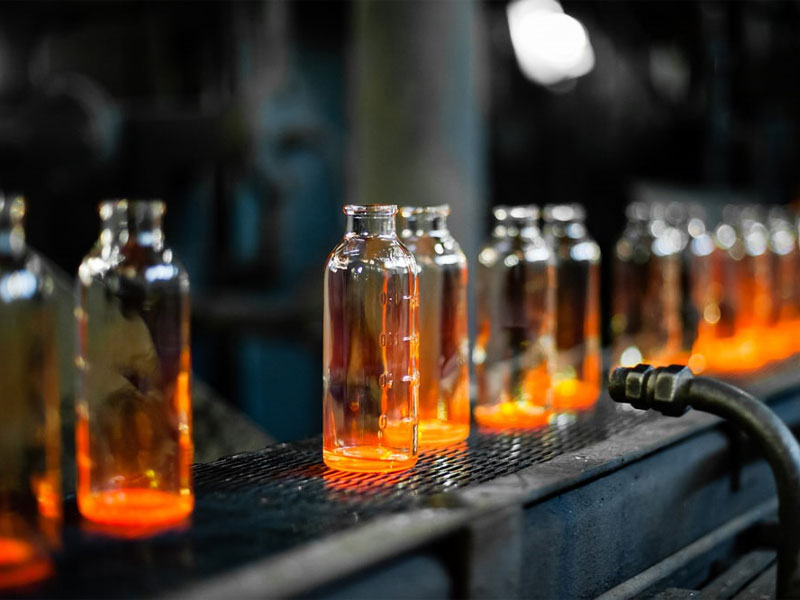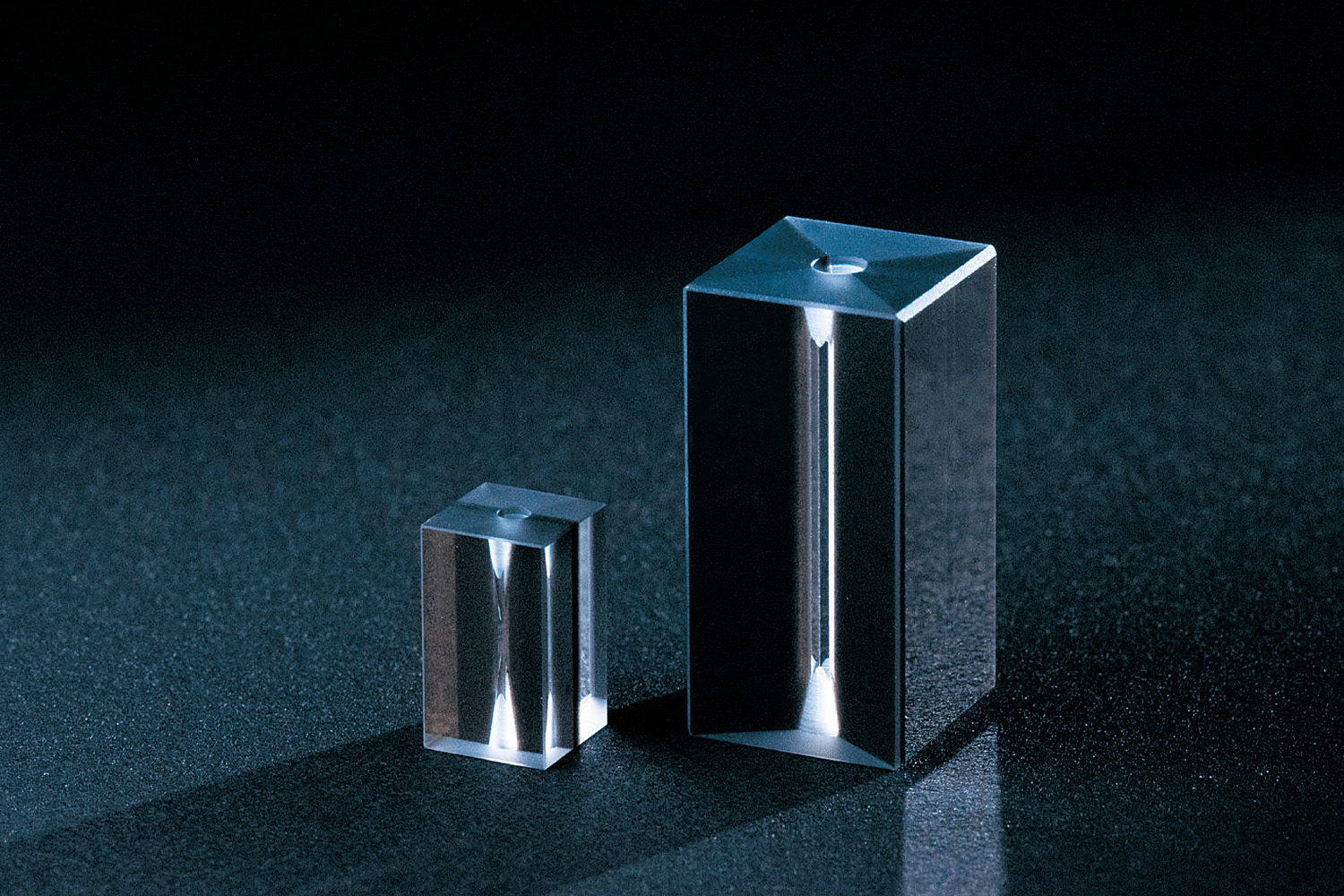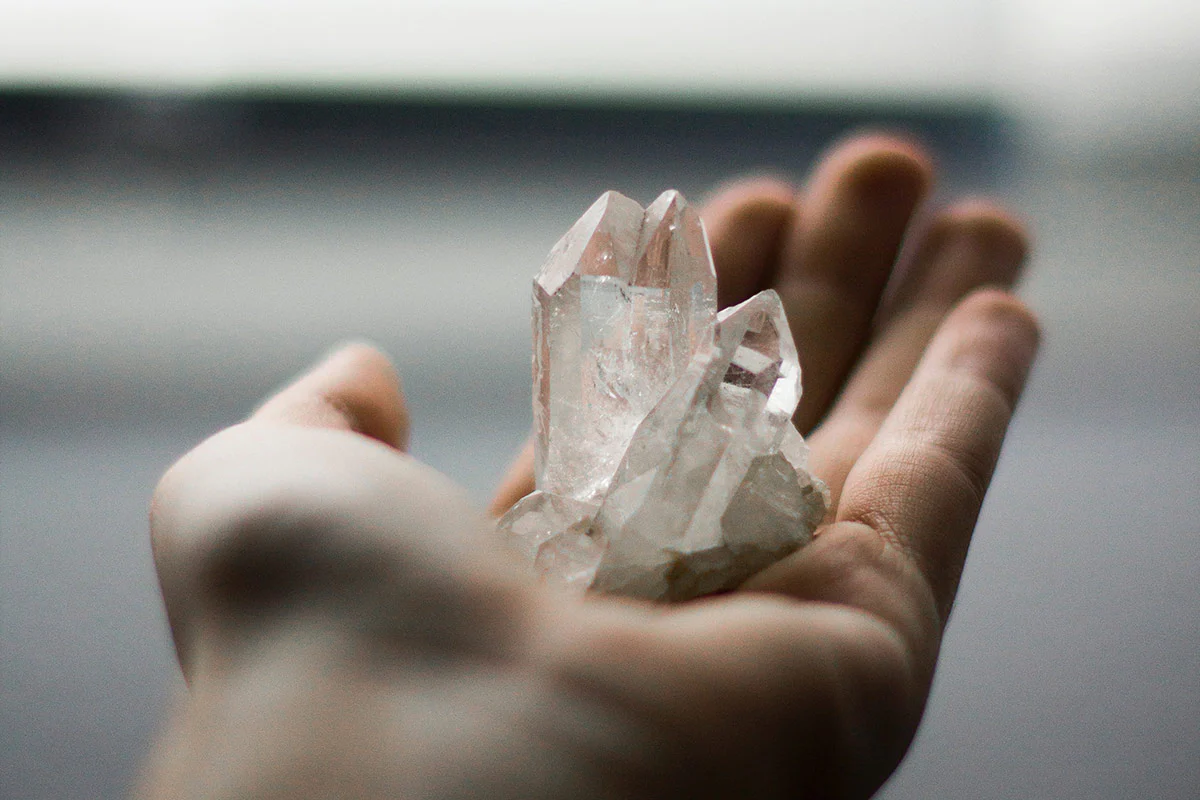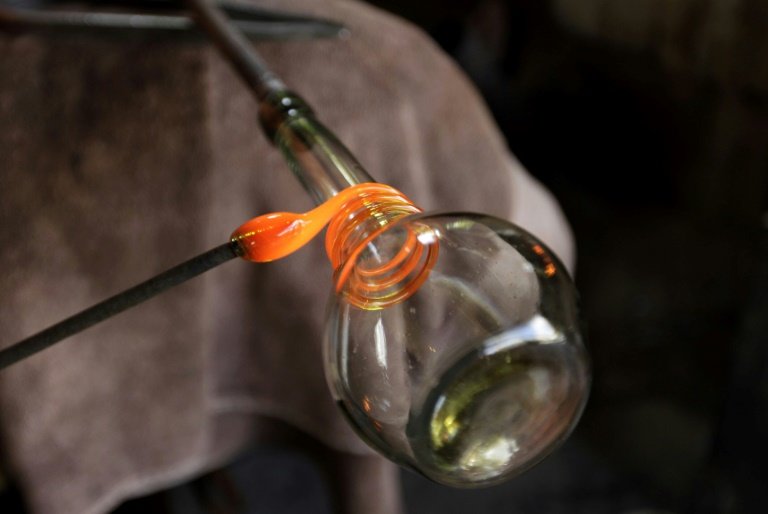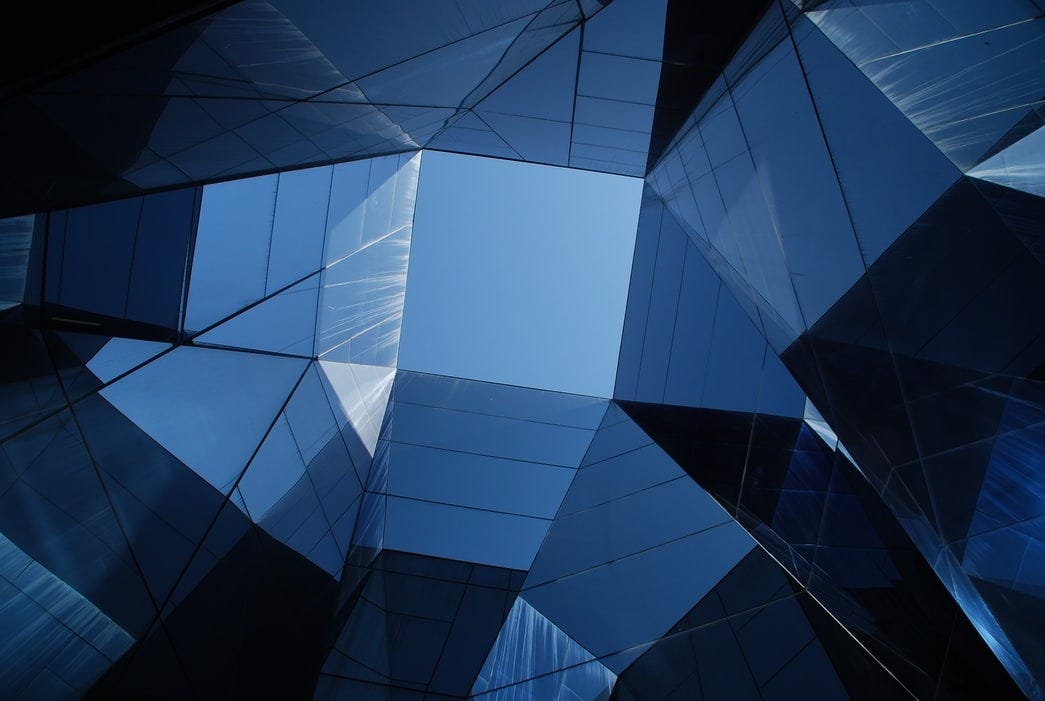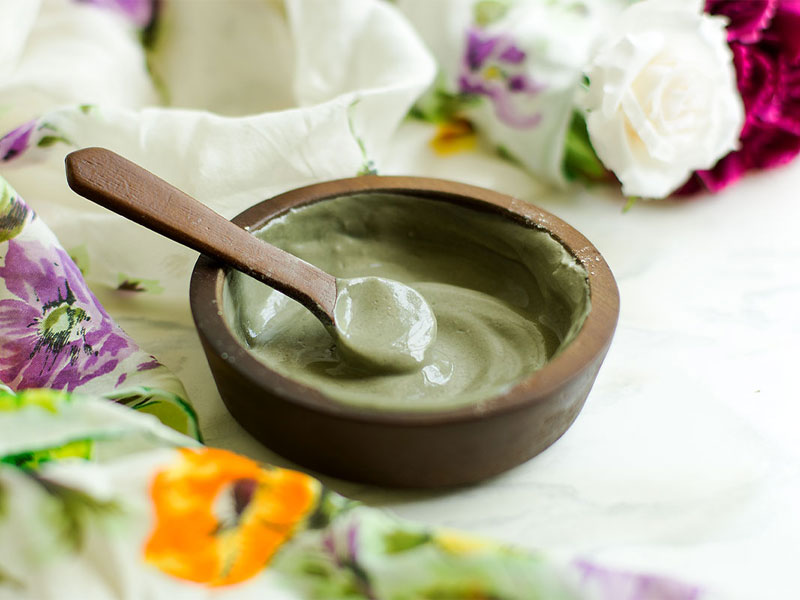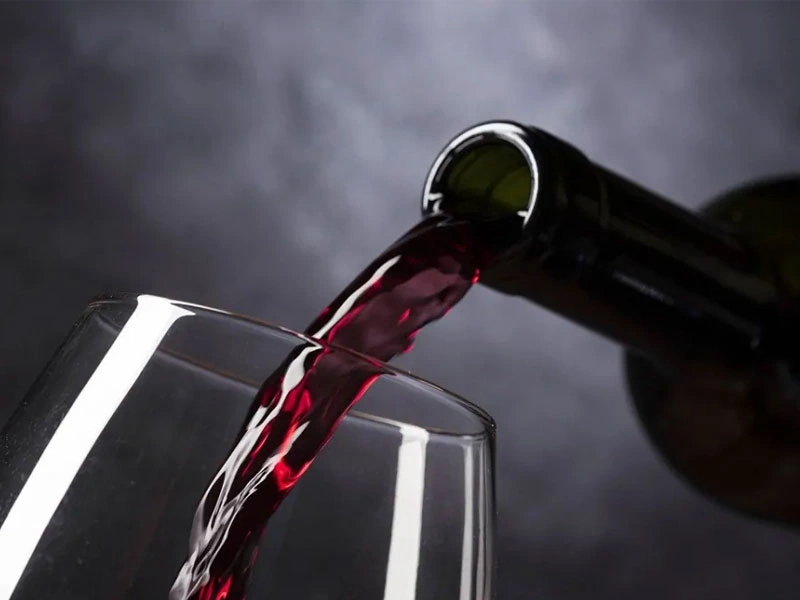Glass, an incredibly versatile material that has been a part of human history for thousands of years, has captivated our imagination with its transparency, resilience, and unique properties. At its heart lies silica, a vital component that lends glass its distinct characteristics. In this article, we delve into the captivating world of glass, uncovering the fascinating role that silica plays in its creation and its diverse applications.
Read More: Silica
Introduction
Glass, often described as a “supercooled liquid,” is a solid material with a disordered molecular structure, giving it the appearance of a transparent, amorphous substance. This extraordinary material has a rich history and is found in numerous aspects of our daily lives, from the windows that allow natural light to flood our homes to the intricate glassware used in scientific experiments.
The Chemistry of Glass
Understanding Silica
Silica, also known as silicon dioxide (SiO2), is a fundamental component of glass, constituting a significant portion of its composition. It is found abundantly in nature, present in various forms such as quartz and sand. In the context of glass, silica acts as a network former, connecting with other elements to create a three-dimensional structure.
Other Components of Glass
While silica is a major player, glass formulations often include additional components to achieve specific properties. These may include soda (sodium carbonate) and lime (calcium oxide), which help reduce the melting point of silica and enhance workability.
Ancient Origins of Glass
Glassmaking is an ancient art that dates back to civilizations such as the Egyptians and Mesopotamians. Early artisans utilized rudimentary techniques to create glass objects, primarily for decorative and ornamental purposes. The mesmerizing allure of glass has persisted through millennia, leaving an indelible mark on human culture.
Modern Glass Manufacturing
The Float Glass Process
The modern method of producing flat glass, known as the float glass process, revolutionized the industry. Molten glass is poured onto a bed of molten metal, typically tin, allowing it to spread evenly and form a continuous ribbon. As the glass cools and solidifies, it attains a smooth and uniform surface, making it suitable for a wide range of applications.
Specialty Glasses and Their Uses
Beyond traditional glass types, technological advancements have led to the creation of specialized glasses with tailored properties. Borosilicate glass, for instance, is highly resistant to thermal shock, making it ideal for laboratory equipment and cookware. Fused silica glass finds its niche in high-temperature applications due to its exceptional heat resistance.
Read more: UREA
The Role of Silica in Glass Formation
Structure and Bonding of Silica
Silica’s unique atomic structure involves tetrahedral units, where each silicon atom is bonded to four oxygen atoms. This intricate arrangement contributes to the network-like structure of glass, imparting stability and transparency.
Influence on Glass Properties
Silica content significantly influences various glass properties, including its refractive index, thermal expansion, and mechanical strength. The proportion of silica can dictate whether the glass is more rigid or flexible, transparent or colored.
Varieties of Glass Containing Silica
Soda-Lime Glass
Soda-lime glass, one of the most prevalent types, combines silica, soda, and lime. Widely used in windows, bottles, and containers, this glass offers a balance between cost-effectiveness and durability.
Borosilicate Glass
Borosilicate glass, renowned for its resistance to thermal stress, finds application in laboratory equipment, telescopes, and premium glassware. Its composition, which includes boron oxide, enhances its thermal properties.
Fused Silica Glass
Fused silica glass boasts exceptional purity and high-temperature resistance. This makes it indispensable for specialized industries such as optics, semiconductor manufacturing, and aerospace technology.
Applications of Silica-Rich Glass
Architecture and Construction
Glass has transformed modern architecture, enabling architects to design structures with expansive windows and facades that invite natural light while maintaining energy efficiency. Silica-enriched glass contributes to the durability and transparency of these structures.
Consumer Goods and Tableware
Silica-rich glass enhances the beauty and functionality of consumer goods. From elegant glassware to resilient smartphone screens, its presence elevates our daily experiences.
Laboratory Glassware
The scientific community benefits immensely from silica-based glassware. Its inert nature makes it suitable for containing and manipulating a wide range of substances, facilitating groundbreaking discoveries
Read More: Wikipedia
Innovations in Glass Technology
Strengthened and Tempered Glass
Advancements in glass processing techniques have led to the development of strengthened and tempered glass. By inducing compressive stress on the surface, these glasses become more resistant to mechanical and thermal forces.
Smart Glass and Beyond
The integration of technology into glass has yielded remarkable results. Smart glass, for instance, can switch between transparent and opaque states, finding applications in privacy windows and dynamic displays.
Environmental Considerations
Recycling and Sustainability
Glass, with its inherent recyclability, plays a role in sustainable practices. By reducing the need for new raw materials, glass recycling conserves energy and reduces waste.
Ecological Impact
Despite its recyclability, the production of glass does carry an ecological footprint. The extraction of raw materials and energy-intensive manufacturing processes contribute to environmental considerations.
Future Prospects and Discoveries
As technology and materials science continue to advance, the possibilities for glass are seemingly limitless. Innovations may lead to stronger, more lightweight glass, novel applications in renewable energy, and even breakthroughs in quantum computing.
Read More: Bentonite
Conclusion
Silica, the unsung hero of the glass industry, weaves an intricate tapestry that gives glass its exceptional properties. From its ancient origins to modern innovations, glass remains a symbol of human creativity and ingenuity. As we stand on the precipice of a new era of discovery, one thing is clear: the story of glass, forever entwined with silica, is far from over.

